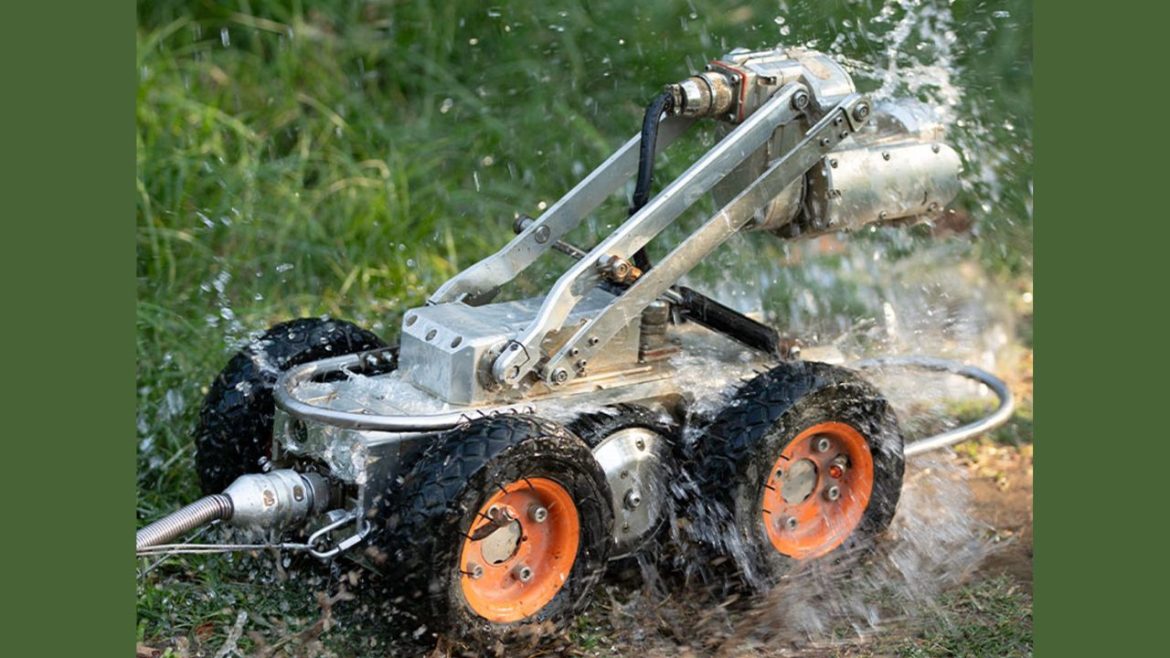As for pipeline maintenance and management, flexibility is the key. Pipe inspection crawler robots have become essential tools for this purpose. Since they possess various features that can be deployed for different types of pipes. These robots contain cctv pipe inspection cameras installed which give the best results. This article focuses on the versatility of pipe inspection crawler robots. Moreover, it also explains how these robots work in various pipeline environments and inspection requirements.
Use of Pipe Inspection Crawler Robots
Pipe inspection crawler robots are intended for moving through pipelines of different diameters and states with the purpose of internal examination. This is due to some of the features that make them versatile enough to work in different pipeline environments.
These robots are fitted with sophisticated path-planning capabilities that enable the robots to move through pipelines of varying sizes including residential and industrial pipes. Its ability to perform bends, obstacles, and different pipe conditions is the best proof of this. This versatility is important for industries with extensive pipeline systems including oil and gas, chemical companies, and water utilities.
Navigating Various Pipe Diameters
Another advantage of the pipe inspection crawler robots is that they are designed to move in pipelines of various sizes. Most crawler robots like the GT102A model can take pipes with a diameter of 120mm to 600mm, thus making it possible to inspect most of the pipes.
In the case of small-diameter pipes, the equipment used in constructing these robots is compact and flexible to allow movement in the pipe. On the other hand, for larger pipelines, the robots are fitted with complex systems that enable them to move stably and conduct a proper inspection. This versatility of pipe diameter allows the inspectors to rely on these robots for a wide range of applications including residential sewer lines, and large industrial pipelines.
Handling Complex Pipeline Conditions
However, it is important to note that the diameters of the pipelines are not always constant and the conditions in the pipe may be complicated by bends, blockages, and rough surfaces. Pipe inspection crawler robots are designed to handle such dynamics with relative ease. These robots are equipped with enhanced navigation and maneuvering features to enable them to navigate through pipes with several bends and barriers.
For instance, a majority of crawler robots have articulated tracks or wheels that enable them to turn around corners and other obstacles. This capability is critical when inspecting pipelines that may have complex structures or have many turns or bends. Moreover, the interaction of the robots with the surface of the pipe wall, whether smooth or with irregularities, guarantees effective examination of the internal conditions of the pipeline.
Equipped with High-Resolution Imaging
However, the performance of a pipe inspection crawler robot does not only lie in its mobility within pipelines but also in the ability to acquire high-resolution images. Today’s crawler robots are fitted with cameras and imaging systems that take high-quality images of the inner surface of the pipeline.
These imaging systems are used to obtain high-quality images of possible problems including cracks, corrosion, and blockages. The use of real-time video enables the inspector to determine the state of the pipeline with the required accuracy and decide on the repairs or maintenance that may be required. High-resolution imaging also helps to detect small defects that may not be seen in normal imaging, and therefore, all the possible problems are corrected.
Adaptability Across Industries
Issues of specialization are also solved by the fact that pipe inspection crawler robots can be utilized in different industries. These robots are developed to suit the particular requirements of various systems such as municipal water and sewerage systems, and oil and gas pipeline networks.
Crawler robots can also be used in municipal facilities to check sewer lines and water distribution systems to be sure they are not experiencing any problems. In industrial applications, robots are used to inspect pipelines carrying dangerous products or working in harsh environments. These devices are very useful in ensuring that pipelines of various types and applications are well maintained due to their flexibility in various environments.
Conclusion
Pipe inspection crawler robots can be considered a major innovation in pipeline maintenance as they are extremely flexible and mobile. Their flexibility to work with different pipe diameters, ability to work in complex conditions, and to produce high-quality images makes them suitable for several uses. With advancements in technology in the future, these robots will become more flexible thus making them more appropriate for pipeline inspection and monitoring.
